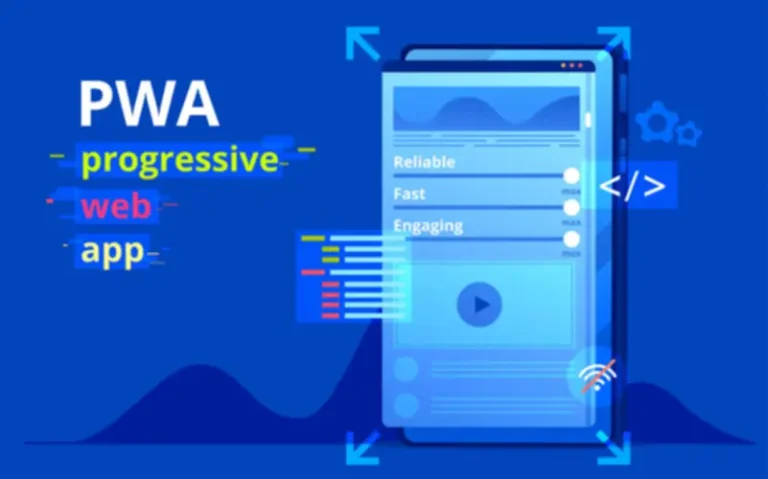Similarly, if the machine that a container is working on goes down, the container won’t be restarted when the machine restarts. Container orchestration options can be certain that containers are automatically restarted or that more than one version is running at all times in case of machine failure. And the wants and stakes are so high it has fundamentally modified how softwares are developed and deployed into manufacturing Container Orchestration.

Business Advantages Of Container Orchestration
It permits organizations to automatically deploy, manage, scale and community containers and hosts, freeing engineers from having to finish these processes manually. Containerization has deeply changed the way in which functions are built, deployed, and managed. Containers include both an application and its dependencies, enabling consistent and environment friendly deployment throughout diverse environments. However, as purposes scale and turn out to be more complicated, managing quite a few containers manually turns into increasingly challenging. Offering an different to traditional digital machines, containers share the underlying OS kernel and devour fewer resources.
Acquire And Construct Pipeline Part
- Containers are self-contained Linux-based purposes or microservices bundled with all the libraries and capabilities they need to run on almost any kind of machine.
- Container orchestration helps velocity the deployment of huge language fashions (LLMs) to automate the NLP process.
- Managed providers, similar to AWS ECS, AWS EKS, and GKE, scale back the operational burden of establishing and managing an orchestration solution.
- Deployments handle ReplicaSets on behalf of the user and permit for rolling updates.
- The Kubernetes API server plays a pivotal position, exposing the cluster’s capabilities via a RESTful interface.
Container orchestration offers teams transparency into the scope and structure of container-based systems, while modularity presents the ability to make alterations and additions to the system. Kubernetes can routinely expose a container to the internet or to different containers through the use of a Domain Name System (DNS) name or IP tackle to find providers. Kubernetes deploys a specified number of containers to a specified host and retains them operating in a needed state. Containers are light-weight, executable software components that mix utility supply code with all of the working system (OS) libraries and dependencies required to run the code in any surroundings. As a web site reliability engineer, you are responsible for maintaining the functionality of web sites.
Utilizing Controllers And Templates

Container orchestration is the automated strategy of deploying, managing, and coordinating all the containers which would possibly be used to run an utility. Engineering groups typically use orchestration applied sciences, such as Kubernetes, to manage containerized applications all through the entire software lifecycle, from development and deployment to testing and monitoring. Orchestration describes the process of managing a number of containers that work together as a half of an application infrastructure. As organizations increasingly undertake containerized purposes, it is essential to understand what container orchestration is. This information delves into what container orchestration is, its advantages, and how it works, comparing well-liked platforms like Kubernetes and Docker.

Container orchestration is the technique of using automation to manage the lifecycle of app containers. This approach automates time-consuming tasks like (re)creating, scaling, and upgrading containers, liberating groups from repetitive manual work. This article is an intro to container orchestration and the value of eliminating time-consuming duties when managing containerized companies and workloads. Read on to learn what this technique offers and see how orchestration leads to extra productive IT teams and improved bottom lines. Like every little thing else in Kubernetes, these ideas type the building blocks of more complex techniques that enable builders to run resilient companies.
Modern orchestration instruments use declarative programming to ease container deployments and management. The primary distinction between containers and digital machines is that containers are light-weight software packages containing utility code and dependencies. In contrast, virtual machines are digital replicas of bodily machines, every working its own working system.
Microservices architecture has gained widespread adoption, offering builders the flexibility to interrupt down monolithic functions into smaller, independently deployable companies. Observability performs a crucial role in Kubernetes environments, specifically, for microservices. In distinction with traditional servers and virtual machines, the immutable paradigm that containers and their infrastructure inhabit makes modifications post-deployment nonexistent.

The administrator of the answer makes use of a GUI or command-line controller on the grasp node to manage and monitor the container orchestration software. These small items of software may be deployed into containers that enable them to run on the identical digital or actual machine however making it seem to the software that’s the solely process operating. While it must be containers sole job is to keep issues contained inside itself sometimes, useful software depends on other software program around it to do its job. However, in some unspecified time within the future completely different parts of your utility likely to talk with one another to do carry out a task. For example, an API might have to speak with business logic and it wants in flip to entry information or database. According to a recent survey, 70% of builders who work with containers report using a container orchestration platform.
Combining templates from different resources allows the person to interoperate the components inside Kubernetes and customize them for their own needs. Foundational building blocks of labor, after which there are the parts constructed on prime of each other to tie the system collectively. Stackify’s APM instruments are utilized by hundreds of .NET, Java, PHP, Node.js, Python, & Ruby developers all over the world.
While performing a handbook update is an possibility, it would take hours or even days of your time. That’s where container orchestration comes in—instead of relying on guide work, you instruct a device to carry out all 40 upgrades by way of a single YAML file. It permits you to deploy, scale and secure containers with minimal hands-on intervention, rising velocity, agility and efficiency. For that purpose, it’s a great match for DevOps teams and can be easily integrated into CI/CD workflows. Docker and Kubernetes are each well-liked container orchestration platforms, every with its strengths and weaknesses.
Vital for digital enterprises experiencing fluctuating demand, orchestrators inside the container ecosystem allow companies to scale their functions with out compromising efficiency. The container ecosystem as an entire refines previous capacities for scaling and useful resource availability. The container engine creates and packages particular person containers, while the orchestrator engine manages and orchestrates a quantity of containers throughout a distributed infrastructure. Container orchestrators provide a unified interface to handle clusters of containers, abstracting complicated tasks and reducing the operational burden. Teams can deploy updates, monitor well being, and implement policies with minimal manual intervention. The scheduler in Kubernetes assigns workloads to employee nodes based on resource availability and different constraints, similar to high quality of service and affinity rules.
By enabling observability from the outset, organizations can proactively establish and tackle points before they escalate and guarantee the easy operation and performance of microservices-based functions. In the supply stage of the CI/CD pipeline, groups automate the journey of recent code from repository to production readiness. Every commit initiates a sequence of rigorous automated tests and high quality checks, guaranteeing that solely well-vetted code reaches the staging setting. The process encapsulates the build’s promotion via environments, every serving as a proving floor for stability and performance.
Containerization typically favors application architecture that does not require prolonged persistence of utility state or person periods. If a container orchestrator must handle a lot of long-running user periods, it may need limited ability to steadiness and scale workloads. In a nutshell, virtualization involves configuring a single computer’s hardware to create a number of digital computer systems. Each of the virtual machines (VM) can use a separate working system to perform totally different computing tasks from the next VM. The variety of containers you use could presumably be hundreds should you use microservices-based functions.
Transform Your Business With AI Software Development Solutions https://www.globalcloudteam.com/
